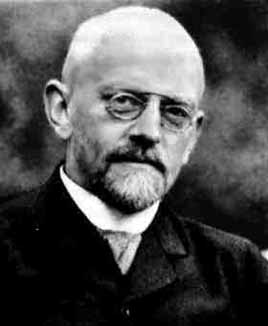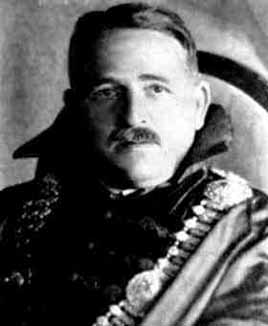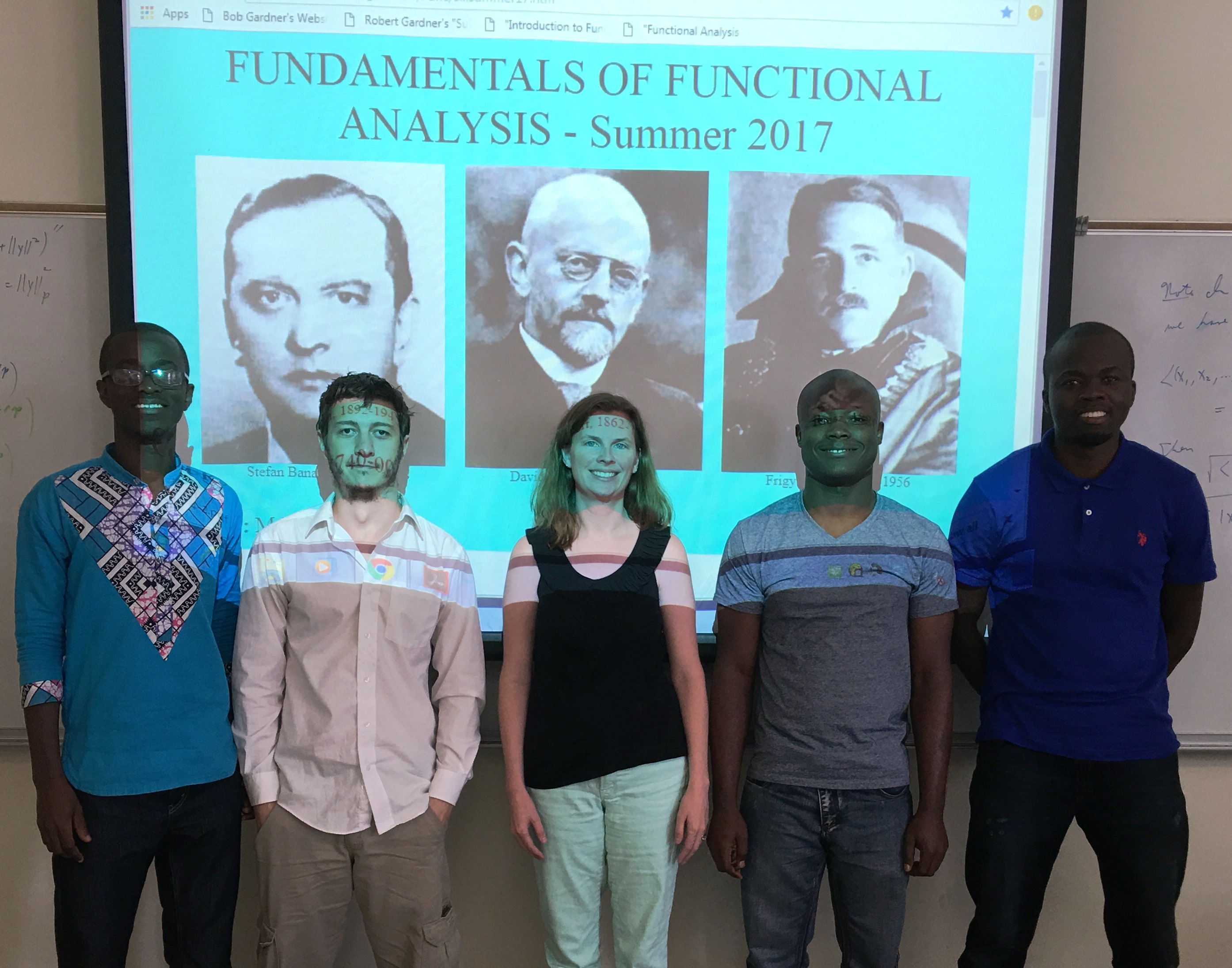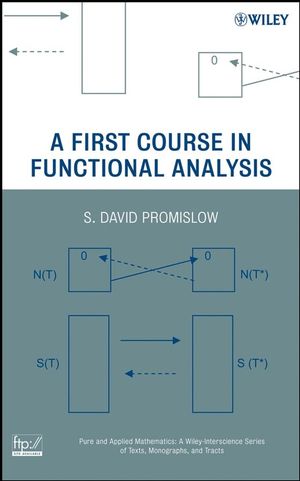 Stefan Banach, 1892-1945 |
 David Hilbert, 1862-1943 |
 Frigyes Riesz, 1880-1956 |
 Stefan Banach, 1892-1945 |
 David Hilbert, 1862-1943 |
 Frigyes Riesz, 1880-1956 |

COURSE: MATH 5740-001
TIME: 1:00-2:30 MTWRF, PLACE: Room 314 Gilbreath Hall
INSTRUCTOR: Dr. Robert Gardner, OFFICE: Room 308F of Gilbreath Hall
OFFICE HOURS: TBA PHONE: 439-6979 (Math Office 439-4349)
E-MAIL: gardnerr@etsu.edu
WEBPAGE: http://faculty.etsu.edu/gardnerr/gardner.htm
TEXT: A First Course in Functional Analysis, by S. David Promislow, John Wiley & Sons Publications (2008). Also, Chapter 5 of Real Analysis with an Introduction to Wavelets and Applications, by D. Hong, J. Wang, and R. Gardner, Academic Press/Elsevier Press (2005) will be used as a supplement.
 |
 |
ABOUT THE COURSE: This class is in the process of transitioning from an "experimental class" to an official class. Once this process is completed, the catalog description will be: "An introduction to the standard topics of functional analysis are given. Properties of normed linear spaces, Banach spaces, and Hilbert spaces are studied. The Hahn-Banach Theorem is addressed. Spectral theory and compact operators are introduced. A knowledge of measure theory is not assumed and any needed measure theoretic results are presented in the course." As the last sentence suggests, a functional analysis class normally has a prerequisite of a graduate level real analysis sequence (ETSU's Real Analysis 1 and 2, MATH 5210-5220). So a full-blown functional analysis sequence appropriately belongs in a Ph.D. program. This is why our class is titled "Fundamentals of Functional Analysis."
ONLINE NOTES: Online notes in PDF form are available for each section we cover. The notes include definitions, some motivational comments, and statements of lemmas, theorems, and corollaries, but mostly omit the detailed proofs. The notes can be found at:
GRADING: Homework will be assigned on a regular basis and your grade on the homework will determine your grade for the course. Grades will be assigned based on a 10 point scale with "plus" and "minus" grades being assigned as appropriate. Based on the assignment of grade points by ETSU, the plus and minus grades should be given on a 3 point subscale. For example, a B+ corresponds to an average of 87, 88, or 89; an A- corresponds to an average of 90, 91, or 92; an A corresponds to an average of 93 to 100 (ETSU does not grant A+ grades, nor D- grades), etc.
A NOTE ABOUT HOMEWORK: YOU MUST SHOW ALL DETAILS ON THE HOMEWORK PROBLEMS!!! Justify every step and claim you make - this is how you convince me that you know what you are doing. You may find some answers online, but these rarely sufficiently justify all steps and are unacceptable as homework solutions.
ACADEMIC MISCONDUCT: While I suspect that you may work with each other on the homework problems (in fact, I encourage you to), I expect that the work you turn in is your own and that you understand it. Some of the homework problems are fairly standard for this class, and you may find proofs online or in an online version of the solutions manual. The online proofs may not be done with the notation, definitions, and specific methods which we are developing and, therefore, are not acceptable for this class. If I get homework from two (or more) of you that is virtually identical, then neither of you will get any credit. If you copy homework solutions from an online source, then you will get no credit. These are examples of plagiarism and I will have to act on this as spelled out on ETSU's "Academic Integrity @ ETSU" webpage: http://www.etsu.edu/academicintegrity/faculty.aspx (last accessed 3/7/2017). To avoid this, do not copy homework and turn it in as your own!!! Even if you collaborate with someone, if you write the homework problems out in such a way that you understand all of the little steps and details, then it will be unique and your own work. If your homework is identical to one of your classmates, with the exception of using different symbols/variables and changing "hence" to "therefore," then we have a problem! If you copy a solution from a solution manual or from a website, then we have a problem! I will not hesitate to charge you with academic misconduct under these conditions. When such a charge is lodged, the dean of the School of Graduate Studies is contacted. Repeated or flagrant academic misconduct violations can lead to suspension and/or expulsion from the university (the final decision is made by the School of Graduate studies and the graduate dean, Dr. McIntosh).
TENTATIVE OUTLINE:
We will attempt to cover topics from this list:
Chapter 1: Linear Spaces and Operators.
Preliminary definitions and examples, linear operators, null space, spaces of linear operators, finite and infinite dimensional spaces.
Chapter 2: Normed Linear Spaces: The Basics.
Metric spaces, norms, open and closed sets, continuity and uniform continuity, compact sets, bounded linear operators, completeness, Banach spaces, Extension Theorem, completion of a normed linear space, comparison of norms, quotient spaces topological criterion for finite dimensionality, Lp space, l p space, survey of Lebesgue measure and integration, Schauder bases and Hamel bases, direct products and sums, contraction mappings.
Chapter 3: Major Banach Space Theorems.
Baire's Theorem, Open Mapping Theorem, Closed Graph Theorem, Uniform Boundedness Principle.
Vector Spaces, Hilbert Spaces, and the L2 Space (Hong, Wang and Gardner; partial).
Groups, fields, and vector spaces, inner product spaces, L2, projections and Hilbert space isomorphisms, the Fundamental Theorem of Infinite Dimensional Vector Spaces.
Chapter 4: Hilbert Spaces.
Inner products and semi-inner products, Cauchy-Schwartz Inequality, Triangle Inequality, Parallelogram Law, Polarization Identity, nearest points and convex sets, orthogonality, Projection Theorem, orthonormal sets, Gram-Schmidt Process, linear functionals on Hilbert spaces, linear operators on Hilbert spaces, sesquilinear forms, Hilbert space adjoints, normal operators, self-adjoint operators, positive operators, projections, unitary operators, ordering self-adjoint operators.
Chapter 5: Hahn-Banach Theorem. (Hopefully)
The Real Hahn-Banach Extension Theorem, Complex Hahn-Banach Extension Theorem, Normed Linear Space Version, linear manifolds, half spaces and separations, internal points, bounding points, Minkowski functionals, Geometric Hahn-Banach Extension Theorem, Hahn-Banach Separation Theorem, supporting hyperplanes.
Chapter 6: Duality. (Time Permitting)
Duals of the lp space, the Radon-Nikodym Theorem, signed measures, absolutely continuous measures, dual of Lp, dual of C[a,b], Riesz Representation Theorem, adjoints, double duals, reflexivity, General Uniform Boundedness Principle, weak convergence, weak* convergence, sequential convergence.
Chapter 8: The Spectrum.(Time Permitting)
Spectrum, Banach algebras, Spectral Mapping Theorem, spectrum of a normal operator, eigenvalues and eigenspaces, C* algebras.
Chapter 9: Compact Operators.(Probably not)
Relatively compact sets, totally bounded set, equicontinuity, Arzela-Ascoli Theorem, building compact operators, spectrum of compact operators, compact self-adjoint operators, Spectral Theorem for compact Self-Adjoint Operators, invariant subspaces.
TENTATIVE SCHEDULE: This is ambitious!
Week 1: Chapter 1, Chapter 2.
Week 2: Chapter 2, Chapter 3.
Week 3: Chapter 3, Chapter 4, plus supplements.
Week 4: Chapter 4, plus supplements.
Week 5: Chapter 5, Chapter 6, Chapter 8.
IMPORTANT DATES: Official dates are online at:
OTHER RESOURCES. The following were mentioned in class:
| |
||||
3 |
2 |
|||
4 |
2 |
|||
Return to
Bob Gardner's home page
Last updated: July 4, 2017.